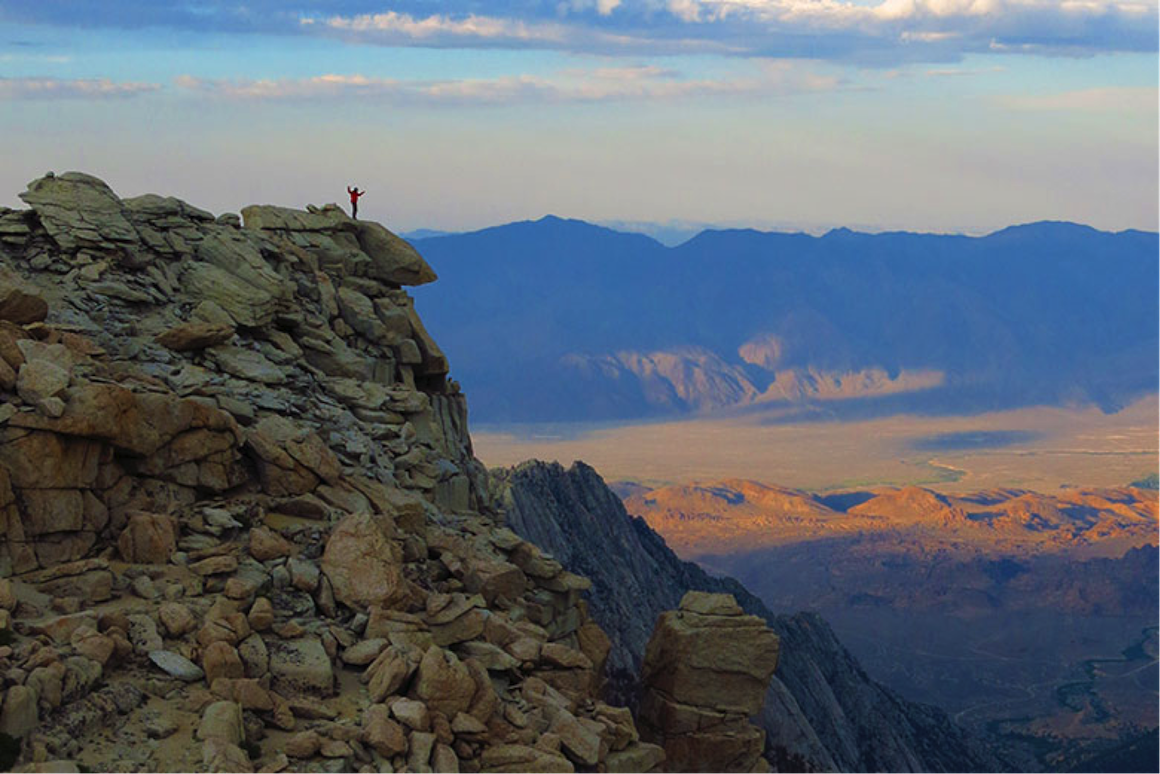
How and when did the Sierra Nevada rise?
Forty million years ago the Sierra Nevada stood as high as today, but in a much warmer climate, argues ESS faculty member Hari Mix. His article, “A hot and high Eocene Sierra Nevada” now appears in the Geological Society of America Bulletin. Using a technique called stable isotope paleoaltimetry, Mix collected and analyzed the chemistry of forty million year old clay minerals that formed in the deposits of rivers draining the ancient Sierra Nevada. These gravel deposits of the ancestral American and Yuba Rivers are famous for containing California’s gold, but oxygen and hydrogen isotopes in the minerals reveal ancient rainfall patterns between Sacramento and Lake Tahoe. Mix and his colleagues from Stanford and the Senckenberg Institute in Germany determined that the clay formed at elevations similar to the modern, but at much hotter temperatures. California, during this geological epoch known as the Eocene, was vastly different than today. The Bay Area had yet to form, polar ice caps did not exist and the Pacific coastline was at the eastern edge of the Central Valley. The northern Sierra Nevada, though tall, likely were a warm, coastal mountain range drained by energetic braided rivers. These findings have implications for the future climate of California, as the Eocene represents a truly catastrophic global warming scenario. This work was profiled in a variety of news outlets, such as the San Jose Mercury News.